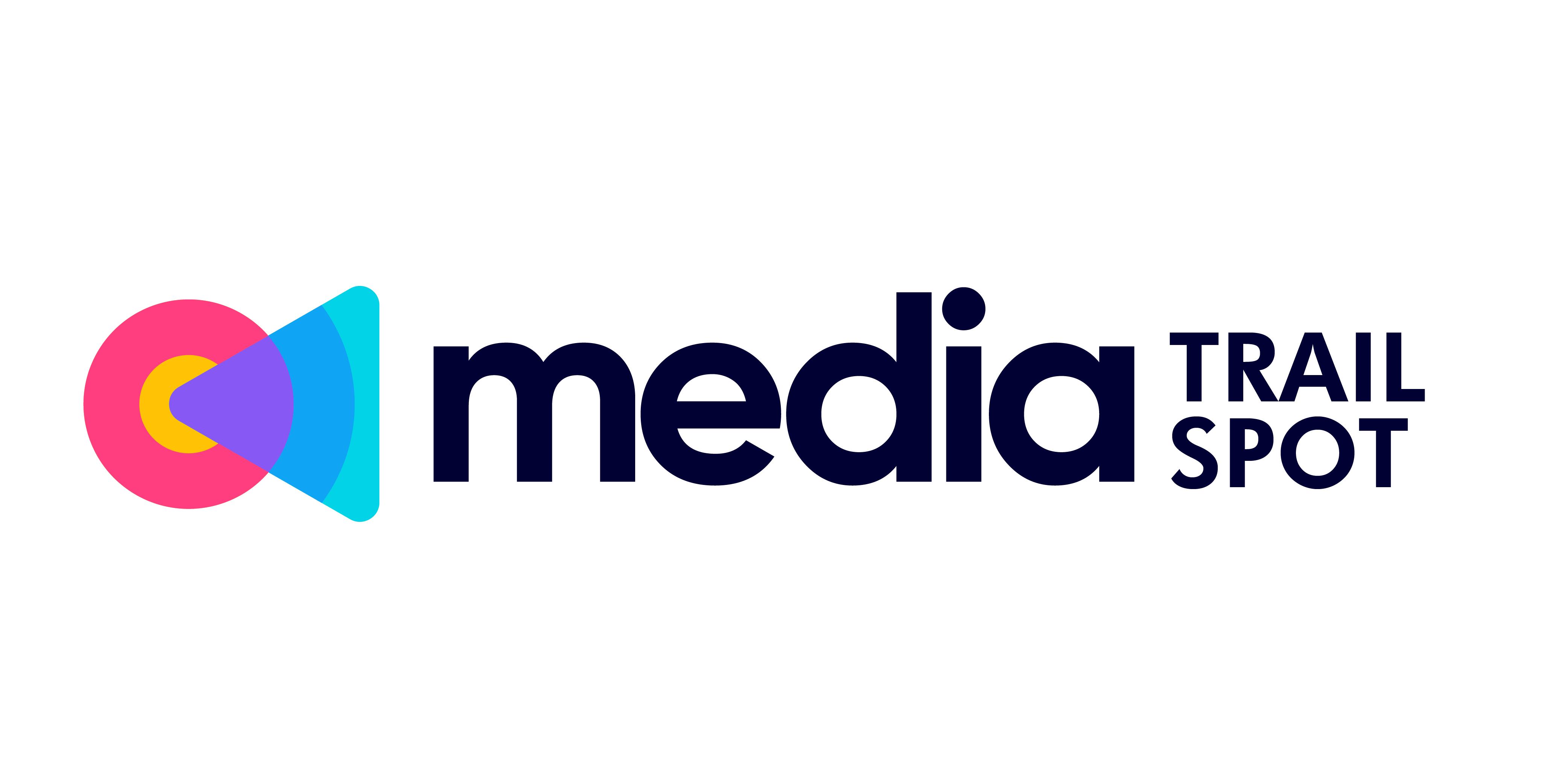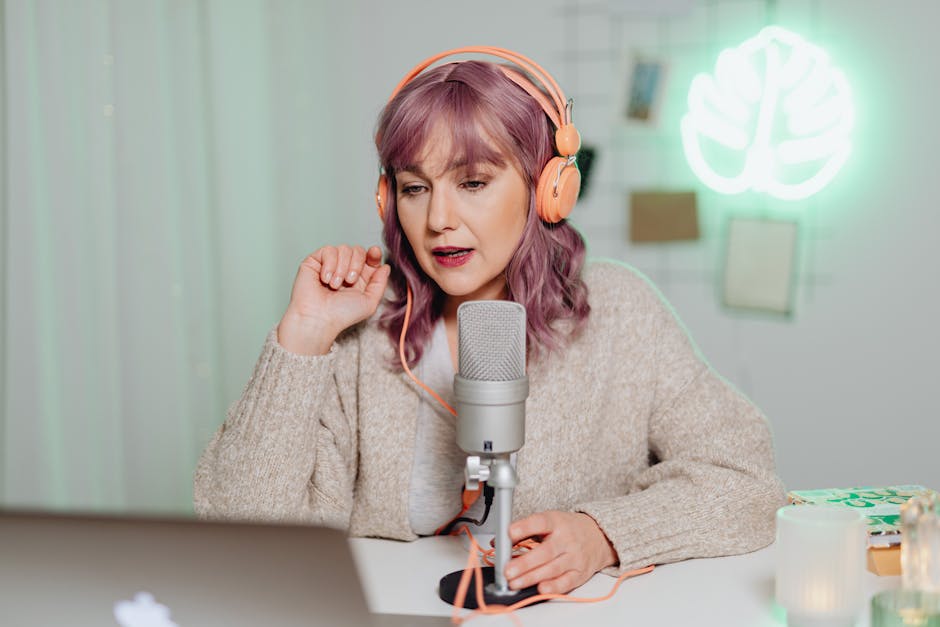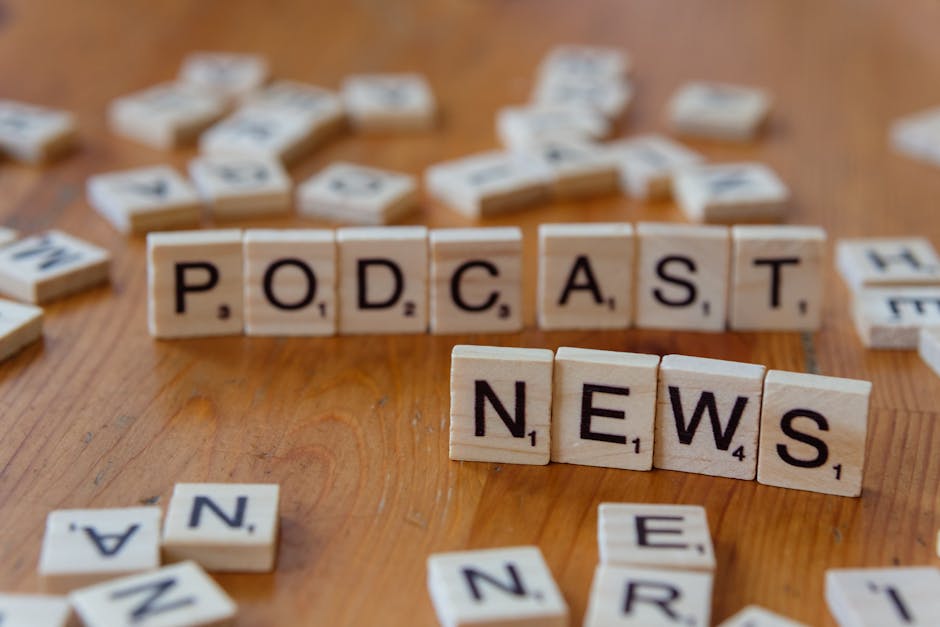Introduction: The Disruption is Permanent
From Primetime to Play Anytime
The media landscape has undergone a fundamental shift. What was once dominated by scheduled programming and cable bundles is now ruled by algorithms and on-demand access. Viewers are no longer tied to designated times or limited channels—instead, they expect content that’s tailored, bingeable, and available whenever (and wherever) they want it.
- Viewership behavior has moved decisively away from scheduled TV
- Cable subscriptions continue to decline globally
- Digital natives now expect full control over their viewing experience
The Collapse of the Traditional Model
The old broadcast distribution model—built on geographic territories, advertising blocks, and syndication deals—is quickly becoming obsolete. As streaming services gain momentum, traditional networks are struggling to adapt.
- Advertising revenue has shifted toward platforms with granular audience data
- Linear TV struggles to keep up with the pace and personalization of streaming
- Even longtime industry giants are abandoning traditional formats
Streaming: The New Power Broker
Today, streaming services are more than just content libraries—they are the new tastemakers and distribution hubs of the entertainment world. From content greenlighting to global distribution, their influence is shaping both the business and the culture of media.
- Platforms like Netflix, Prime Video, and Disney+ now drive programming trends
- What gets promoted on a home screen often determines what succeeds
- Streaming companies have become both creators and gatekeepers
The disruption isn’t just here—it’s become the new industry standard. To survive in today’s media economy, creators, studios, and networks must think digital-first and platform-savvy.
The New Rules of Content Delivery
On-demand isn’t a feature anymore—it’s the foundation. Viewers expect instant access, full control, and zero waiting. But how that plays out varies. Bingeable seasons still rule on platforms like Netflix, giving people the option to knock out a show in a weekend. Meanwhile, others—HBO, Prime Video—stick to weekly drops to build hype and stretch engagement. It’s a split strategy, and both models serve different audience habits.
The other shift? Global reach doesn’t mean one-size-fits-all. Major services are customizing libraries per region, investing in local-language originals, and tailoring promotion to match cultural context. A comedy that crushes in Seoul might flop in São Paulo, so platforms push different content forward based on territory. Localization is now strategy, not just subtitles.
And driving all of it—every decision, every headline show—is user data. What we watch, skip, rewind, and recommend fuels the next wave of programming. It’s not just about what’s trending; it’s about what your specific corner of the internet can’t stop watching. The message is clear: data decides. Platforms are watching you watch, and they’re planning years ahead because of it.
Impact on Creators and Media Companies
Bypassing the Middleman
The rise of streaming has transformed the traditional content pipeline. In the past, creators and production companies relied heavily on broadcast networks, cable channels, and theatrical distributors to reach audiences. Today, direct-to-consumer (DTC) models are removing those middle layers.
- Platforms like Netflix, Amazon Prime Video, and Apple TV+ allow studios to distribute content directly to viewers
- Creators can build and monetize audiences without needing legacy gatekeepers
- Control over content, branding, and revenue has shifted dramatically
Studios Go Solo
Major entertainment companies are no longer just licensing content—they’re creating their own competitive ecosystems.
- Disney+, Paramount+, HBO Max, and Peacock exemplify this shift
- These platforms give studios full control over distribution, monetization, and user data
- IP ownership is now a strategic differentiator, leading to tighter control over franchises and branded content
Opportunities for Smaller Creators
It’s not just the big studios benefiting from streaming’s evolution. Independent creators are also finding new paths to success:
- Niche streaming platforms and AVOD (ad-supported video on demand) models offer monetization without massive followings
- Platforms like YouTube, Twitch, and Roku provide direct access to global audiences
- Production and distribution tools are more accessible than ever, lowering the barrier to entry
Streaming is democratically reshaping content distribution. Whether you’re a media giant or a solo creator, the game has changed—and the gate is open.
Algorithm-Driven Discovery
In the streaming era, prime time is meaningless. Personalization is the new playbook. Your homepage isn’t just a list—it’s a reflection of your habits, your region, your device, and even what you paused on last night. Platforms like Netflix, Max, and Amazon Prime aren’t just recommending what’s popular—they’re curating what they want you to watch based on behavior-driven algorithms.
This shift in priorities shapes what gets seen, and more importantly, what gets made. Algorithms now have a direct say in what content gets greenlit, how it’s formatted, and even when it drops. If the data signals an audience wants slow-burn thrillers or docuseries about fraudsters, that’s what gets funded. If a show doesn’t click fast? It quietly disappears, buried under the next recommendation cycle.
It’s efficient, but not always fair. Personalization can surface hidden gems—but it can also trap viewers in tailored bubbles, making discovery feel narrow and repetitive. For creators, it’s a double-edged sword: more ways to reach the right audience, but almost no room for error. Content now lives or dies on engagement metrics, not artistic merit.
The bottom line? Creators and distributors can’t rely on prime-time prestige or legacy assumptions. They have to understand the algorithm, play to its strengths—and sometimes, know when to break the system to stand out.
The Battle for Exclusive Content
Original Series: The New Brand Signature
Streaming platforms have elevated original programming to a branding tool. Instead of depending solely on licensed content libraries, major players now define themselves through distinctive, high-quality originals.
- Netflix is synonymous with hits like Stranger Things and The Crown
- Apple TV+ builds prestige through series like Ted Lasso and Severance
- Local-language originals help platforms connect with regional audiences worldwide
Original content is more than just entertainment—it’s identity. These shows give platforms cultural relevance and marketing leverage.
Licensing Wars and the Content Gold Rush
As the streaming space grows more competitive, acquiring the right shows and films has ignited a licensing frenzy. Companies are racing to buy back their own content or strike exclusivity deals before their rivals can.
- Disney pulled its content from Netflix to build Disney+
- NBCUniversal reclaimed The Office for Peacock, while HBO Max secured Friends
- Competition for iconic franchises and nostalgic IPs is heating up
The result is a deep fragmentation of once-unified media libraries, with each service battling for any advantage in the fight for viewer hours.
Loyalty Is to Franchises, Not Platforms
Audiences are no longer loyal to services—they follow the stories, characters, and universes they love. Whether it’s Marvel, Star Wars, The Witcher, or Bridgerton, subscribers move between platforms to stay connected to the franchises that matter to them.
- Fan-driven loyalty means churn is the norm, not the exception
- Platforms must continually deliver relevant franchise content to retain subscribers
- Owning iconic IP isn’t optional—it’s a long-term engagement strategy
In short, content is king again—but with a twist: it’s not just what you offer, it’s what you exclusively own that determines your staying power in the streaming hierarchy.
Challenges of the Streaming Economy
2024 isn’t short on content—or platforms. The problem is, there’s too much of both. Subscription fatigue has kicked in hard. Audiences are hitting the wall on how many services they’ll pay for, especially when every platform wants a monthly fee and offers just a few must-watch titles. Even blockbuster shows can struggle to break through the noise when they’re trapped behind yet another paywall.
This overload bleeds into fragmentation. From Netflix to niche platforms like Criterion Channel or Shudder, users are caught in a digital tug-of-war, jumping between apps, logins, and content libraries. Choice paralysis is real, and time is limited. It’s a race for attention in a scattered environment where even great content gets missed.
Meanwhile, production costs are climbing. Higher talent fees, tighter timelines, global shoots—all while viewers grow more selective about what they’ll commit to watching. The mismatch between rising production budgets and unpredictable subscriber churn has executives sweating. Sustainable revenue models are harder to pin down, even for giants.
The takeaway: making good content isn’t enough anymore. You’ve got to package it smart, deliver it seamlessly, and find an audience that’s still willing—and able—to tune in.
Social Media’s New Role in Streaming Discovery
Streaming platforms know exactly where their audience lives—and it’s not just on their apps. It’s in the scroll. Teasers, trailers, and short viral clips are now the first handshake between a show and its viewer. A perfectly timed clip on TikTok or a Twitter thread around a character moment does more than build anticipation—it drives tune-in rates in ways traditional promos never could.
More importantly, real-time feedback is shaping programming decisions in near real time. If a trailer hits and memes take off, execs take notice. If discourse starts trending midseason, plotlines may shift or sequels find green lights faster than before. Social buzz isn’t just marketing—it’s data.
This dynamic has flipped the old model. It’s not just about pushing content; it’s about listening and adapting. Streamers now look to reactions as both reception and research. Want to know if a show worked? Don’t check the ratings. Check the comments.
(Related insights: The Role of Social Media in Today’s News Cycle)
What It Means for the Future of Distribution
The old guard is running out of time. Traditional broadcasters aren’t just behind—they’re being bypassed. Audience expectations have shifted for good: on-demand access, algorithmic curation, and direct-to-consumer interaction are no longer novelties—they’re minimum standards. If legacy media companies want to survive, they’ll have to stop clinging to outdated models and get flexible fast.
That means bundling is back, but with a twist. We’re seeing alliances form between smaller services, streaming startups, and niche content hubs. No one wants another overpriced all-you-can-eat entertainment buffet, but tightly curated bundles around hobbies, fandoms, or regions? That’s where the next round of growth is happening.
And the biggest shift? The job titles are blending. Creators are now studios. Platforms are distributors. Distributors want to be platforms. This overlap isn’t chaos—it’s evolution. The most successful players are those who understand that roles don’t have clear boundaries anymore. They’re building ecosystems, not just content.
This isn’t just transformation—it’s a transfer of power. From networks to users. From middlemen to makers. Those who adapt will redefine the future. The rest will age out.
Conclusion: Adapt or Be Left Behind
Streaming is no longer an emerging trend—it’s the status quo. The days of waiting for a fixed time slot on cable are over. Today, viewers hold the keys. They watch what they want, when they want, and on whatever screen is closest. That kind of power shift doesn’t just tweak the system—it rewrites it entirely.
This isn’t just about technology; it’s about behavior. Attention is fragmented, and loyalty is earned one piece of content at a time. The brands and creators who understand this—and build for it—aren’t just surviving, they’re leading. Whether you’re a solo vlogger or a global studio, the message is clear: master the new ecosystem or get left behind. The feed never sleeps, and neither does the audience.


 Syvanna Kelricsona, co-founder of mediatrailspot blends her expertise in design, user experience, and emerging technology to deliver impactful content. She is passionate about showing how innovation in web and mobile platforms shapes the future of communication and creativity.
Syvanna Kelricsona, co-founder of mediatrailspot blends her expertise in design, user experience, and emerging technology to deliver impactful content. She is passionate about showing how innovation in web and mobile platforms shapes the future of communication and creativity.

